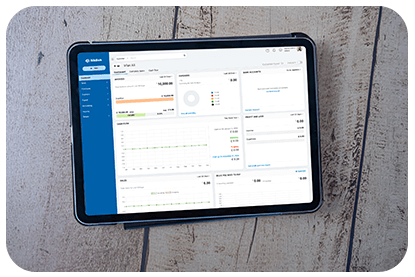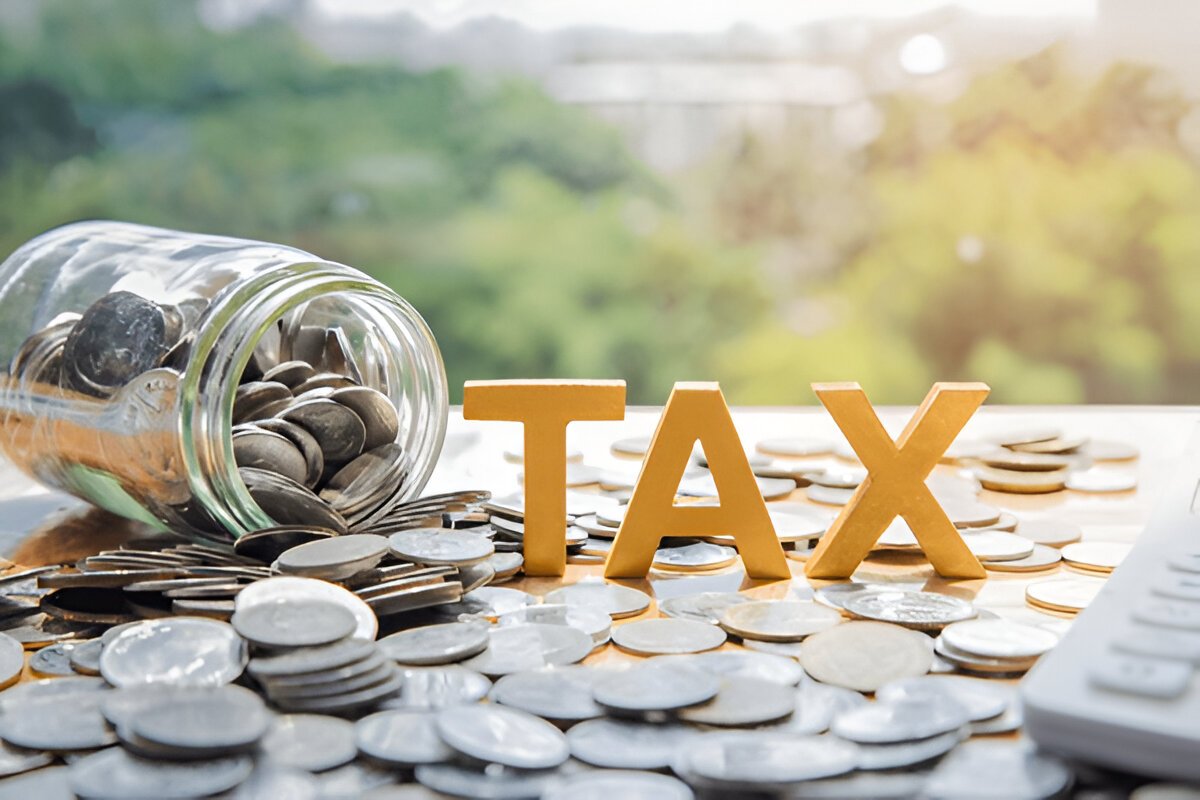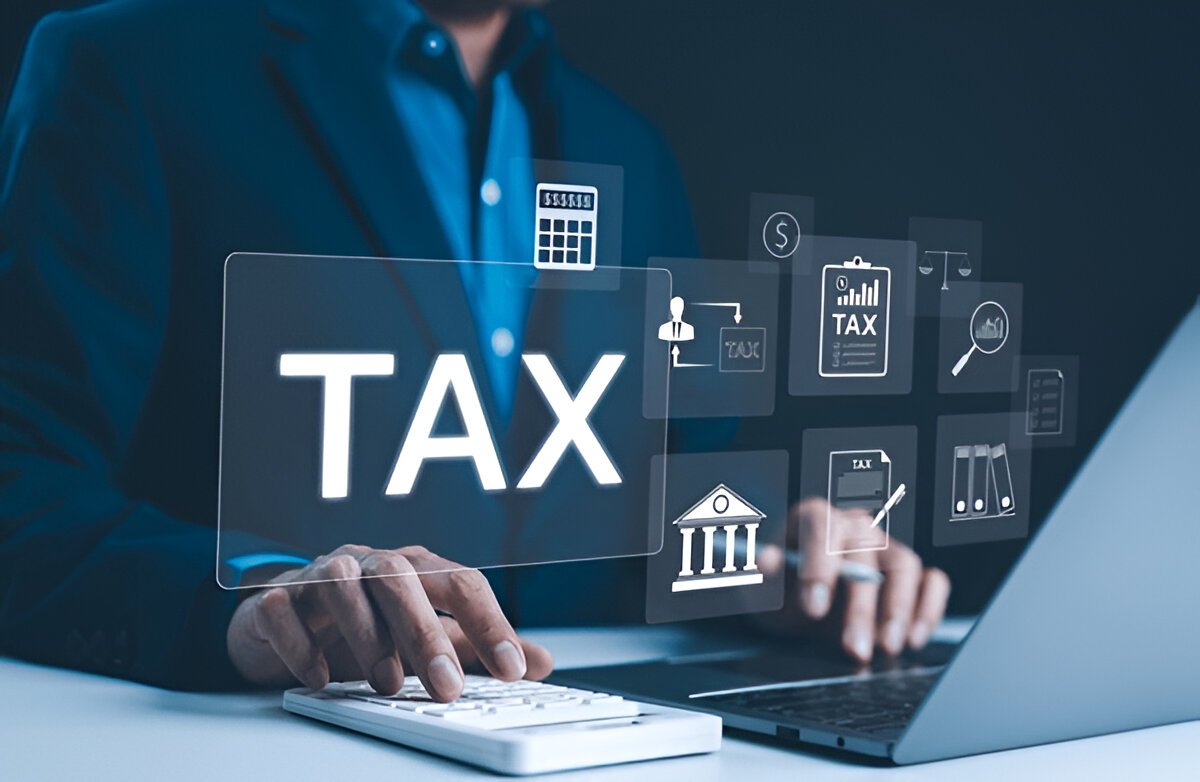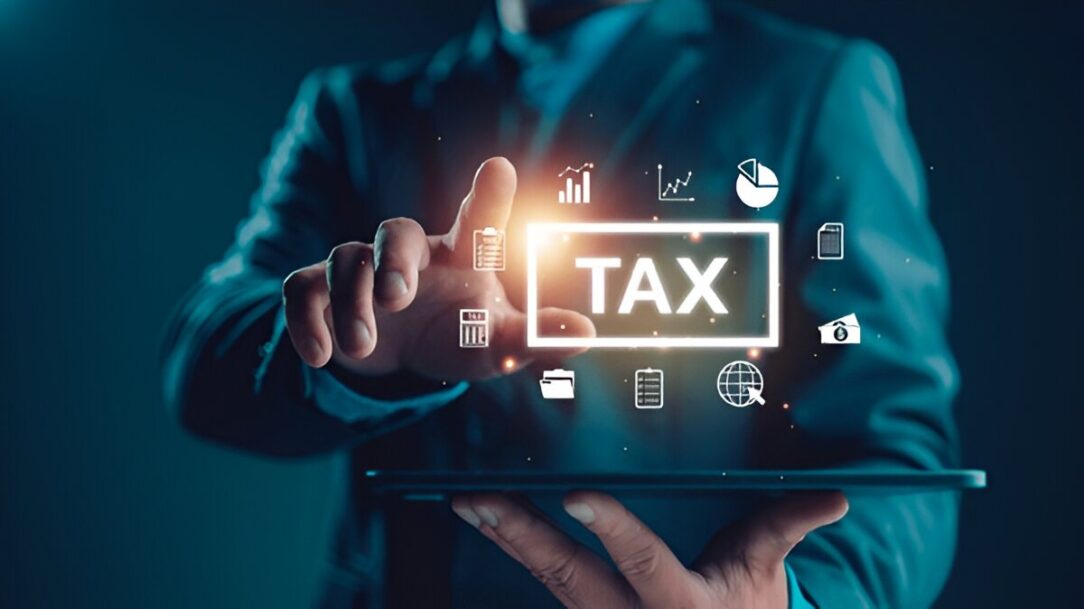19 April 2024
What is a Value Added Tax (VAT) and How Does It Work?
In the world of business and economics, taxes play a significant role in generating government revenue. One of the most common and widely implemented taxes around the globe is the Value Added Tax (VAT). But what is a Value Added Tax, and how does it work? Let’s dive into the details to understand the significance of this tax.
What is a Value Added Tax?
Value Added Tax (VAT) is a tax applied to the increase in value of goods and services at each stage of their creation or sale. In essence, it’s a tax on the difference between the cost of production and the final selling price. While consumers pay VAT as part of the price, businesses are tasked with collecting and submitting the tax to the government.
The VAT system is commonly adopted in countries such as those in the European Union, Canada, Australia, and many others. In contrast, countries like the United States use a sales tax system, which is generally collected only when the product is sold to the final consumer.
How Does Value Added Tax Work?
To understand how VAT works, let’s break down the process into clear steps:
At the start of the production chain, businesses purchase raw materials and supplies. These purchases are subject to VAT. However, businesses can often reclaim the VAT they paid on these inputs, as they are not the final consumers. The primary advantage of VAT is that businesses can reclaim the VAT they pay on their inputs, preventing the tax from building up at every stage of production.
Example:
Suppose a company buys raw materials worth $100, and the VAT rate is 10%. The company will pay $110 ($100 for the materials + $10 VAT) to the supplier. However, the $10 Value Add tax can be refunded later when the product is sold.
2. Value Added at Each Stage
VAT is applied to the value added at each step as goods move through different stages of creation and delivery. This means that each business in the chain pays VAT on the difference between the selling price and the purchase price of the goods or services.
Example:
A manufacturer buys raw materials for $100 and manufactures a product worth $200. The VAT on this $200 product is $20. When selling this product to a wholesaler, the manufacturer will charge the wholesaler $220 ($200 + $20 VAT). The wholesaler can also claim back the VAT on the product.
3. The Final Consumer
At the final stage of the chain, the product or service reaches the end consumer, who pays the full VAT-inclusive price. This is when the government collects the entire tax amount. Unlike businesses, consumers cannot reclaim VAT; they simply pay it as part of the purchase price.
Example:
The wholesaler sells the product to a retailer for $220 (including VAT). The retailer then sells the product to the final consumer for $300. The final consumer pays the VAT-inclusive price, which includes $30 in VAT.
The Flow of Value Added Tax
Raw Material Supplier
- Sells materials for $100 + $10 VAT = $110 to Business 2.
- Business 1 sends the $10 VAT to the government.
Manufacturer
- Buys raw materials for $110 and manufactures a product worth $200.
- Sells the product to Business 3 for $220 + $20 VAT = $240.
- Business 2 claims back the $10 VAT paid on the raw materials and sends $20 VAT to the government.
Retailer
- Sells the product for $300 + $30 VAT = $330 to the final consumer.
- Business 3 claims back the $20 VAT paid on the manufacturer’s product and sends $30 VAT to the government.
Final Consumer:
- Pays $330 for the product (including $30 VAT).
- Cannot claim back the VAT, as they are the end consumer.
Benefits of Value Added Tax
Broad Revenue Base: A broad revenue base ensures diverse income sources, reducing reliance on a single stream and providing financial stability.
Transparency: Transparency in Value Added Tax ensures clear, understandable taxation processes, promoting fairness, reducing fraud, and increasing taxpayer confidence.
Encourages Efficiency: Value Added Tax encourages efficiency by taxing only the value added at each stage, motivating businesses to streamline operations.
Less Evasion: Value Added Tax reduces evasion by requiring businesses to track and report transactions at each production and distribution stage.
Challenges of Value Added Tax
Regressive Nature: VAT can disproportionately affect low-income individuals since they spend a higher percentage of their income on VAT-inclusive goods and services compared to wealthier individuals.
Administrative Burden: For businesses, Value Added Tax can introduce administrative complexity, as they need to track the VAT on both their inputs and outputs and file returns with the government.
Increased Prices: While businesses can reclaim Value Added Tax paid on their inputs, the final consumer may experience higher prices due to the tax being passed along the supply chain.
Read More About: What Are the Tax Brackets for 2024?
Conclusion : Value Added Tax
Value Added Tax (VAT) is an essential tax system in many countries, designed to tax the consumption of goods and services incrementally at each stage of production and distribution. It’s an efficient and transparent way for governments to collect tax, but it also brings along challenges, especially for businesses and lower-income consumers. Understanding how Value Added Tax works can help both consumers and businesses better navigate the marketplace and tax system.




